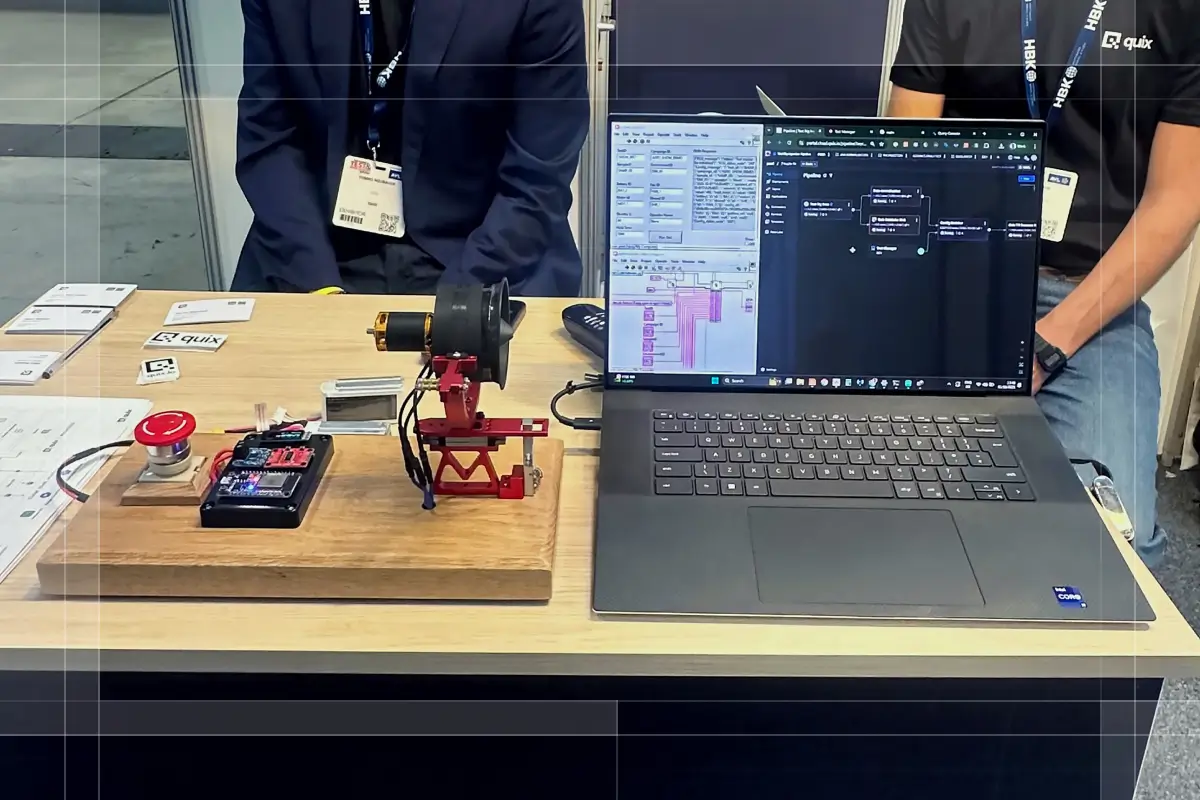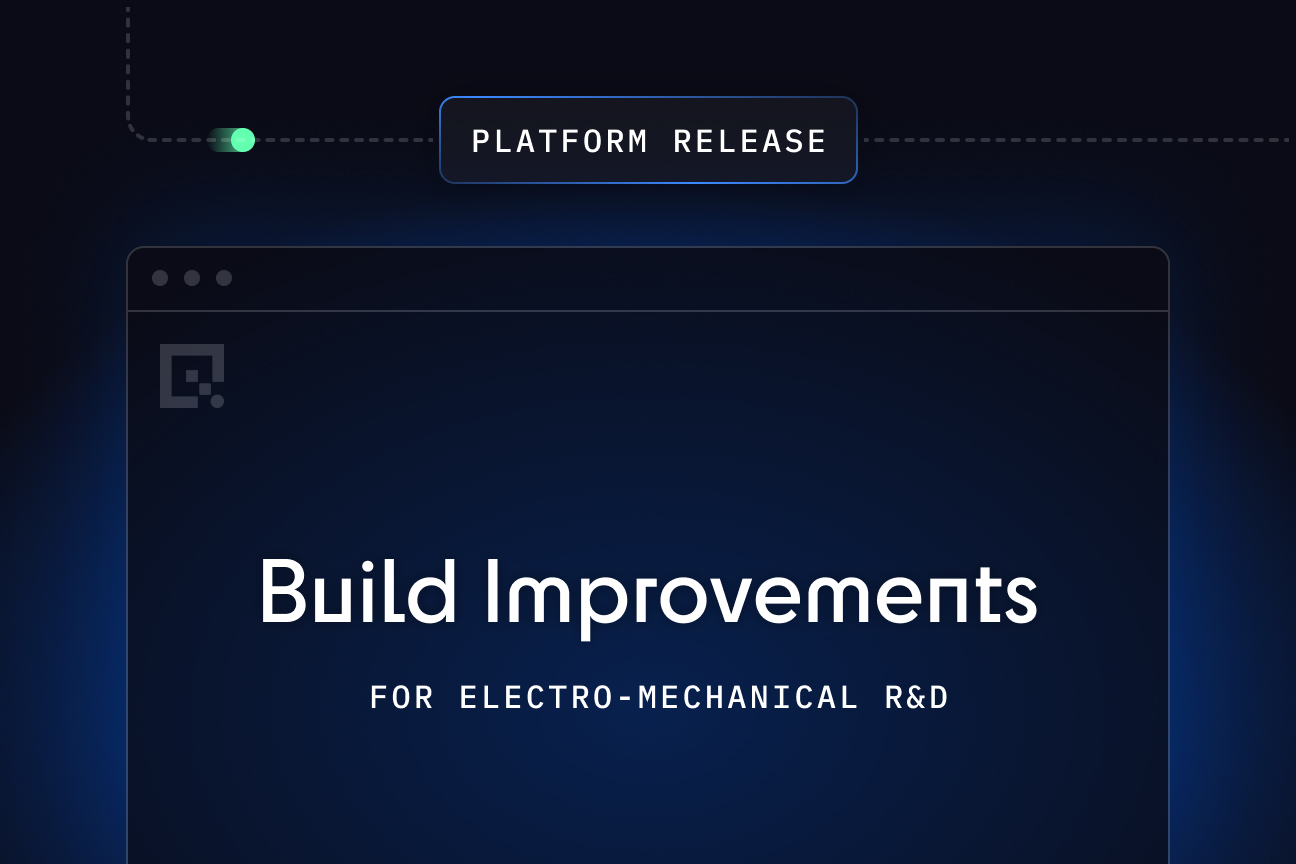Quix Streams Release 3.11.0
We are giddy with excitement as we announce the release of QuixStreams v3.11.0, packed with new features, enhancements, and a solitary bug fix.

Announcing QuixStreams v3.11.0
We are giddy with excitement as we announce the release of QuixStreams v3.11.0, packed with new features, enhancements, and a solitary bug fix. This release provides enhancements for debugging and paves the way for some big new features being delivered in the very near future.
Key Features and Enhancements
Stop Conditions
Stop Conditions have been high on the todo list for a while, they help developers to run tests and aid debugging of complex data sets.
We’ve added ‘count’ and ‘timeout’ parameters to app.run()
Check out the official QuixStreams 3.11.0 release page for an example of how to use it and more details on debugging your code with QuixStreams.
Breaking Changes
Sometimes the price of progress is a little bit of disruption. We’re preparing for a huge new feature and we’ve had to change how Sink.flush() and the Sinks API in general operate. Take a look at the release page on GitHub.
Bug Fixes
One teensy bug fix in this release. If you find a bug let us know!
Other Stuff
As well as these changes, we have also refactored and tidied several areas in preparation for that big new feature coming later this quarter.
Try QuixStreams v3.11.0 Today!
QuixStreams v3.11.0 is now available, and we encourage you to explore the new features and improvements. Whether you're a developer building data-driven applications or an operator managing complex data problems, this release offers significant enhancements to assist you. For a complete list of changes, check out the release notes and start leveraging the power of QuixStreams v3.11.0 in your projects today!
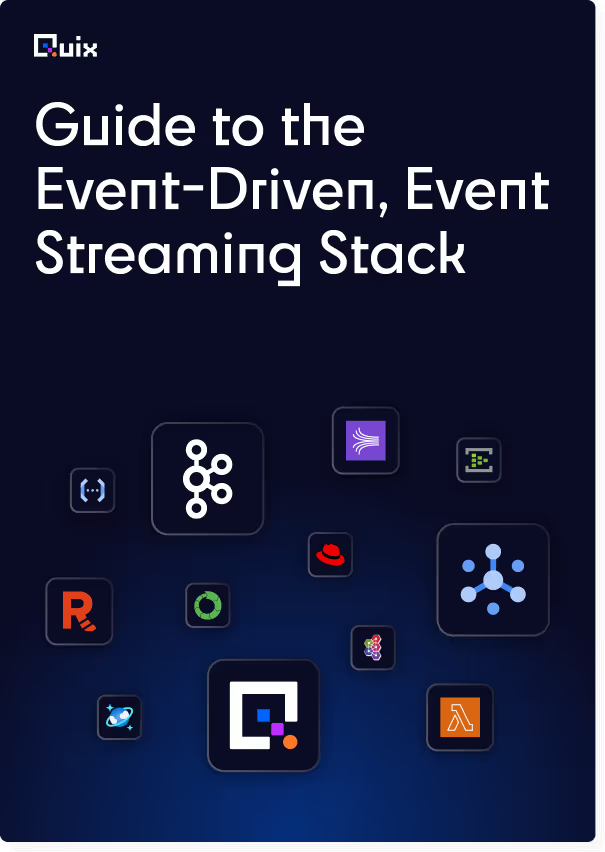
Check out the repo
Our Python client library is open source, and brings DataFrames and the Python ecosystem to stream processing.
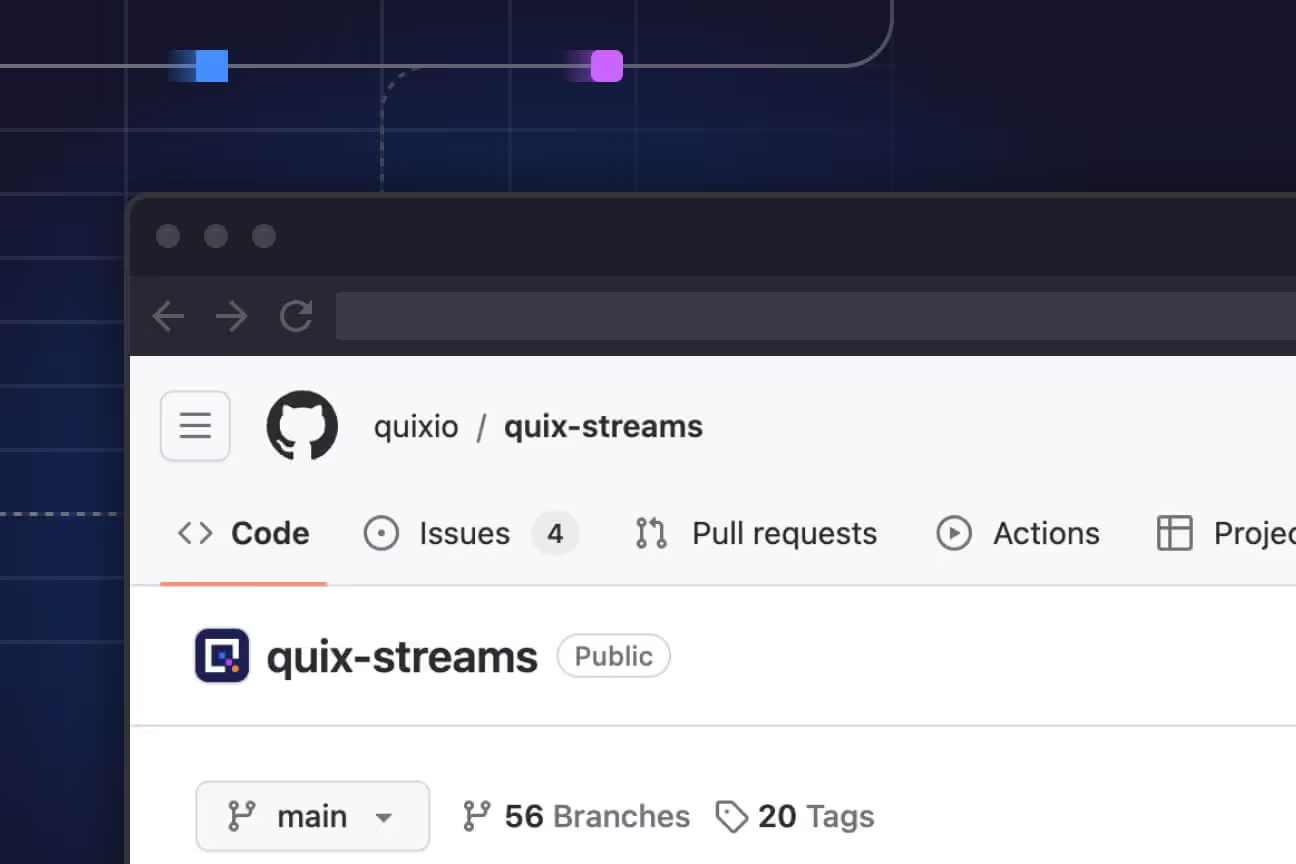
Interested in Quix Cloud?
Take a look around and explore the features of our platform.
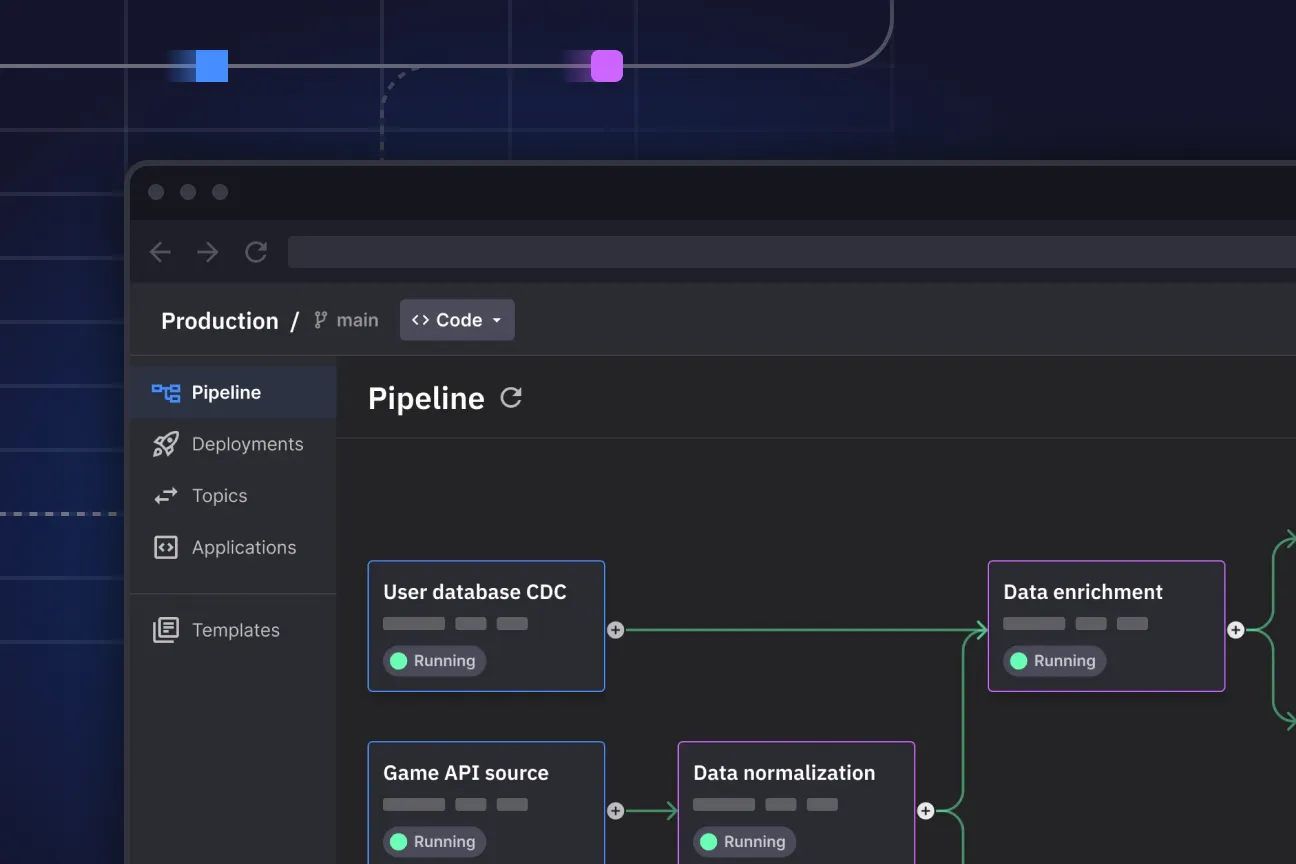
Interested in Quix Cloud?
Take a look around and explore the features of our platform.

.svg)


